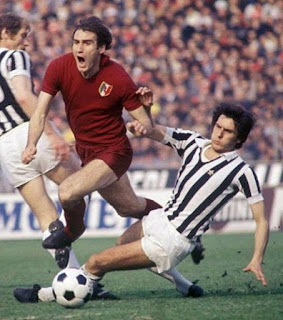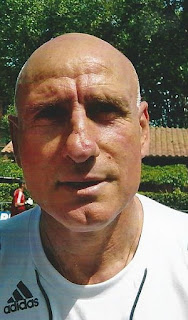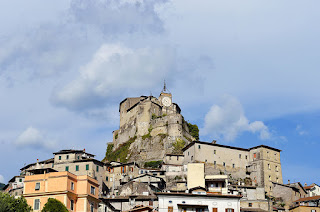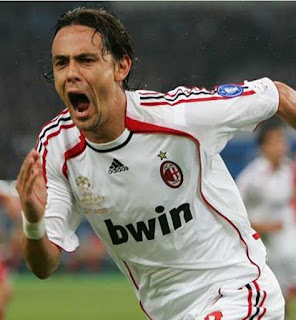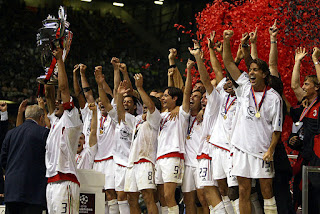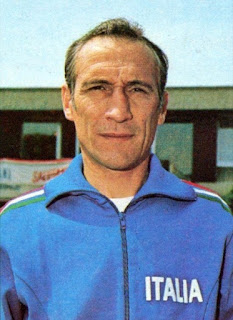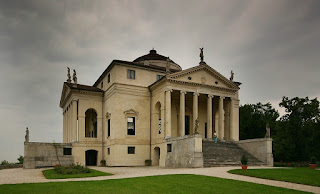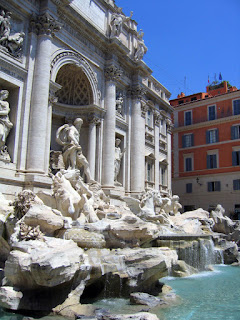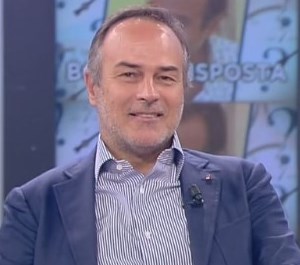Roma star was key figure for Azzurri in 1982 victory
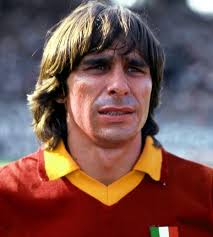 |
| Bruno Conti played almost 400 times for Roma over 18 years |
A winger with extravagant skills, Conti became an increasingly influential figure as the Azzurri campaign in 1982 gathered momentum after a slow start.
He scored Italy’s goal against Peru in the first group stage, a fine shot into the top right-hand corner from 20 yards (18m), although as a team Italy were not at their best and failed to win any of their opening three matches, scraping into the second group phase only by virtue of having scored more goals than Cameroon, who finished with the same number of points.
But the second phase saw a transformation as Italy defied the odds to beat the holders Argentina and the multi-talented Brazil team of Socrates, Zico and Falcao who had started the tournament as hot favourites.
Although the striker Paolo Rossi ultimately took the headlines with his hat-trick against Brazil, Conti played superbly in both matches, his runs and turns posing problems repeatedly for the opposition defence.
| The Italy team which won the 1982 World Cup in Spain, upsetting the odds by knocking out Argentina and Brazil |
In the final, he won a penalty in the first half, which Antonio Cabrini failed to convert, played a part in Marco Tardelli’s goal - the second of the Azzurri three, all in the second half - and created the third for Alessandro Altobelli when his run led a storming counter-attack.
Throughout the tournament, Conti had been given the nickname Mara-Zico by his fans, who said that he had the skills of both Argentina’s Diego Maradona and Brazil’s Zico.
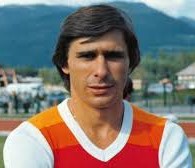 |
| Conti took a while to be accepted because of his small stature |
The son of a bricklayer and one of seven children, Bruno excelled at baseball as well as football as a child but grew up as a Roma fan, following the example of his father, Andrea, who declared himself to be “the happiest man in the world” when his boy became a Roma player.
After shining with Roma’s youth teams, he made his senior debut in Serie A at the age of just 18.
His career with the giallorossi was not always plain sailing. Because of his small stature - he is only 5ft 7ins (1.69m) tall - there were doubts about whether he was physically strong enough. He was selected for the first team only a handful of times in his first two seasons before being sent away to play for Genoa in Serie B, on loan, winning his first medal as the Ligurian team won the Serie B title.
The experience helped him nail a place in the Roma team for the 1976-77 season, although not firmly enough not be sent out on loan to Genoa for a second time.
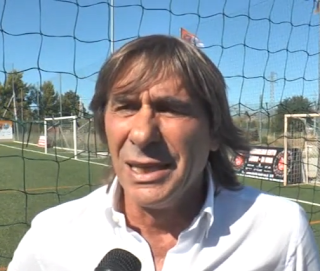 |
| Bruno Conti is now in charge of AS Roma's youth development programmes |
Returning to domestic football after Italy’s triumph, he helped Roma win the 1982-83 scudetto - their first domestic title for more than 40 years - and reach the final of the European Cup the following year.
By coincidence, the Stadio Olimpico - the stadium Roma share with SS Lazio - had been chosen to host the final that year. Hopes of a giallorossi victory on home soil were dashed, however, when Roma were unable to beat opponents Liverpool in either normal or extra time and the trophy was decided on a penalty shoot-out, won by the English team with Conti, who had been one of Roma’s better players, being one of the unfortunate ones who missed his kick.
In total, Conti made almost 400 appearances in a Roma shirt and 47 for the azzurri, playing also in the 1986 World Cup finals, when Italy were knocked out in the round of 16. When he retired from playing in 1991 he remained with Roma on the coaching staff, including a stint as first-team coach in the 2004-05 season, during which the team reached the Coppa Italia final.
Conti and his wife Laura have two sons Daniele and Andrea, who are both professional footballers. Inducted into the AS Roma Hall of Fame in 2012, he is regarded by fans as one of the club’s all-time greats.
| The beach at Nettuno, Conti's home town, with the historic 500-year-old Forte Sangallo in the foreground |
Nettuno is a resort town on the coast of Lazio, about 68km (42 miles) southwest of Rome, almost adjoining the port of Anzio, where Allied forces famously landed in 1944 during the invasion that precipitated the end of the Second World War in Italy. Nettuno itself has a large harbour for private boats, plus a well-preserved historic centre, the Borgo Medievale, with charming streets and small squares, and the Forte Sangallo, a castle built in 1503 by Renaissance architect Antonio da Sangallo the Elder on behalf of the Borgia pope Alexander VI.
Search Booking.com for a selection of Nettuno hotels
Travel tip:
Rome's Stadio Olimpico - the Olympic Stadium - was built between 1928 and 1938 as part of the Foro Mussolini (now Foro Italico), a sports complex Mussolini hoped would enable Rome to host the 1944 Olympics had they taken place. Originally named Stadio dei Cipressi and later Stadio dei Centomila, it was renamed when Rome won the bidding process for the 1960 Games, pipping the Swiss city of Lausanne. Rebuilt for the 1990 football World Cup, in which it hosted the final, it has also hosted four European Cup and Champions League finals.
More reading:
How the pipe-smoking Enzo Bearzot plotted Italy's unlikely triumph in the 1982 World Cup
Marco Tardelli - immortalised for that celebration
Francesco Graziani - the other Roma player who missed his penalty against Liverpool
Also on this day:
1925: The birth of Godfather actor Corrado Gaipa
1960: The birth of rock star Luciano Ligabue
1980: The birth of dancer Flavia Cacace
Home
| The Stadio Olimpico in Rome has hosted four finals of the European Cup and Champions League |
Rome's Stadio Olimpico - the Olympic Stadium - was built between 1928 and 1938 as part of the Foro Mussolini (now Foro Italico), a sports complex Mussolini hoped would enable Rome to host the 1944 Olympics had they taken place. Originally named Stadio dei Cipressi and later Stadio dei Centomila, it was renamed when Rome won the bidding process for the 1960 Games, pipping the Swiss city of Lausanne. Rebuilt for the 1990 football World Cup, in which it hosted the final, it has also hosted four European Cup and Champions League finals.
More reading:
How the pipe-smoking Enzo Bearzot plotted Italy's unlikely triumph in the 1982 World Cup
Marco Tardelli - immortalised for that celebration
Francesco Graziani - the other Roma player who missed his penalty against Liverpool
Also on this day:
1925: The birth of Godfather actor Corrado Gaipa
1960: The birth of rock star Luciano Ligabue
1980: The birth of dancer Flavia Cacace
Home


